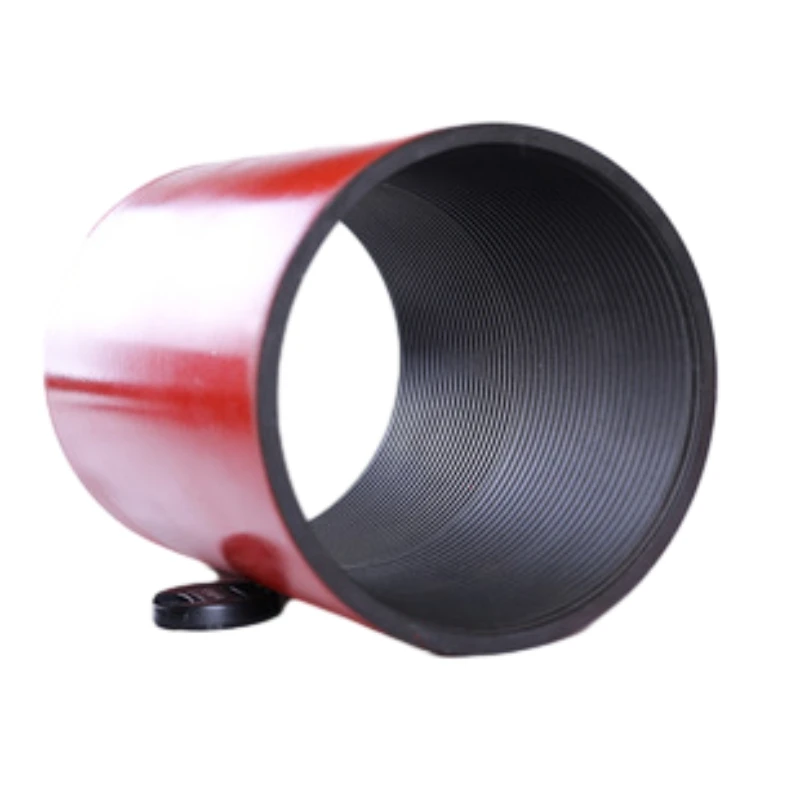- Afrikaans
- Albanian
- Amharic
- Arabic
- Armenian
- Azerbaijani
- Basque
- Belarusian
- Bengali
- Bosnian
- Bulgarian
- Catalan
- Cebuano
- Corsican
- Croatian
- Czech
- Danish
- Dutch
- English
- Esperanto
- Estonian
- Finnish
- French
- Frisian
- Galician
- Georgian
- German
- Greek
- Gujarati
- Haitian Creole
- hausa
- hawaiian
- Hebrew
- Hindi
- Miao
- Hungarian
- Icelandic
- igbo
- Indonesian
- irish
- Italian
- Japanese
- Javanese
- Kannada
- kazakh
- Khmer
- Rwandese
- Korean
- Kurdish
- Kyrgyz
- Lao
- Latin
- Latvian
- Lithuanian
- Luxembourgish
- Macedonian
- Malgashi
- Malay
- Malayalam
- Maltese
- Maori
- Marathi
- Mongolian
- Myanmar
- Nepali
- Norwegian
- Norwegian
- Occitan
- Pashto
- Persian
- Polish
- Portuguese
- Punjabi
- Romanian
- Russian
- Samoan
- Scottish Gaelic
- Serbian
- Sesotho
- Shona
- Sindhi
- Sinhala
- Slovak
- Slovenian
- Somali
- Spanish
- Sundanese
- Swahili
- Swedish
- Tagalog
- Tajik
- Tamil
- Tatar
- Telugu
- Thai
- Turkish
- Turkmen
- Ukrainian
- Urdu
- Uighur
- Uzbek
- Vietnamese
- Welsh
- Bantu
- Yiddish
- Yoruba
- Zulu
bull plug pressure rating
Understanding Bull Plug Pressure Ratings A Comprehensive Overview
Bull plugs are essential components in various piping and fluid transfer systems, commonly used in industries such as oil and gas, water treatment, and manufacturing. Their primary function is to seal open ends of piping systems, preventing fluid leaks and ensuring operational integrity. One crucial aspect of bull plugs that industry professionals must consider is the pressure rating, which indicates the maximum allowable pressure that a bull plug can withstand under specific conditions.
What is a Bull Plug?
A bull plug, typically made from materials like carbon steel, stainless steel, or various plastics, features a tapered or straight design, allowing it to fit securely into the opening of a pipe. Their design varies depending on the application, but they generally have a solid end that effectively blocks the flow of liquids or gases. The choice of material for a bull plug is vital because it must not only withstand the system's pressure but also resist corrosion and other environmental factors.
Importance of Pressure Ratings
The pressure rating of a bull plug is determined by several factors, including the material of the plug, its dimensions, and the manufacturing process. These ratings are essential for ensuring safety and reliability; using a bull plug with an inadequate pressure rating can result in catastrophic failures, leading to leaks, equipment damage, and even severe accidents.
Pressure ratings are usually expressed in pounds per square inch (PSI) or bar. For example, a bull plug might have a pressure rating of 150 PSI. This means it can handle pressures up to 150 PSI before the risk of failure becomes significant. It is crucial for engineers and technicians to select bull plugs that align with the system's anticipated pressure levels, taking into account not only normal operating conditions but also potential pressure surges.
Factors Affecting Pressure Ratings
1. Material Strength The strength of the material used to manufacture the bull plug directly impacts its pressure rating. For instance, stainless steel generally offers higher strength and corrosion resistance compared to plastic, enabling it to handle higher pressures.
2. Temperature The operating temperature of the environment can also influence the pressure rating. Many materials lose strength at elevated temperatures, which can lead to a reduction in the effective pressure rating. Therefore, understanding the temperature range in which a bull plug will operate is critical.
bull plug pressure rating

3. Pressure Cycles In applications where the pressure fluctuates frequently, the bull plug must be able to endure these cycles. Repeated stress can weaken materials over time, so a higher pressure rating may be necessary for such situations.
4. Installation Method The way a bull plug is installed can also affect its effective pressure rating. Improper installation can lead to uneven stress distribution, increasing the risk of failure.
Selecting the Right Bull Plug
When selecting a bull plug, it is crucial to match the pressure rating with the specific application requirements. Here are some steps to consider
1. Assess the System Pressure Determine the maximum and minimum pressure conditions of the system where the bull plug will be used.
2. Material Compatibility Ensure the material of the bull plug is compatible with the fluids or gases being contained.
3. Temperature Considerations Account for the operating temperature and ensure the chosen plug can maintain its integrity under those conditions.
4. Consult Standards Refer to industry standards and regulations that may dictate specific requirements for pressure ratings in particular applications.
Conclusion
In conclusion, understanding the pressure ratings of bull plugs is vital for ensuring the safety and efficiency of fluid transport systems. By carefully selecting the appropriate bull plug based on material, temperature, and operating pressures, industry professionals can prevent failures and enhance the reliability of their systems. As with any engineering component, attention to detail in the selection process will lead to improved operational outcomes and reduced risk of costly accidents.
-
Tubing coupling plays a significant role in the chemical industryNewsApr.03,2025
-
The Importance of Tubing Crossover in Various Industrial FieldsNewsApr.03,2025
-
The characteristics and important role of Tubing Pup JointNewsApr.03,2025
-
Characteristics and functions of Pup jointNewsApr.03,2025
-
Characteristics and Functions of Pup Joint PipeNewsApr.03,2025
-
Application of Coupling Casing in Various ScenariosNewsApr.03,2025







